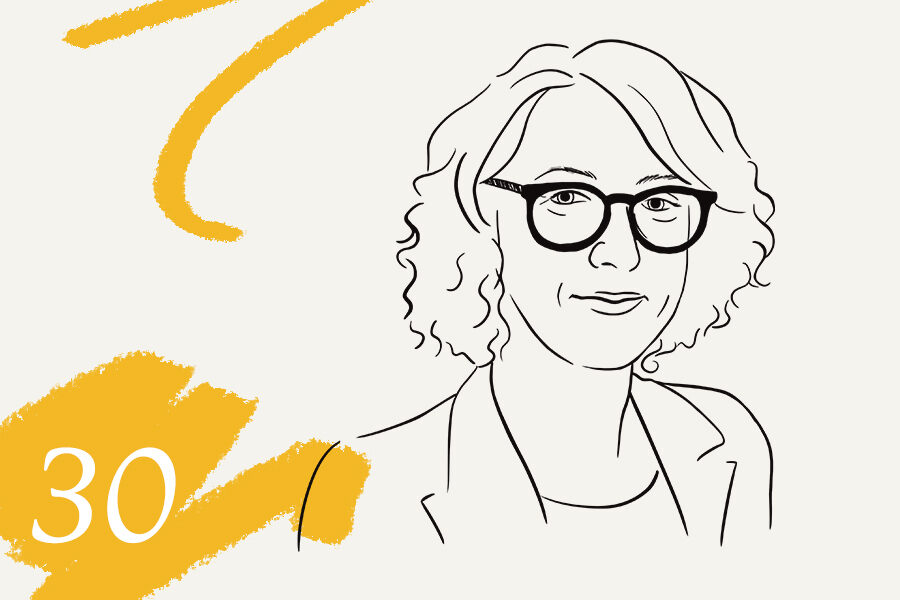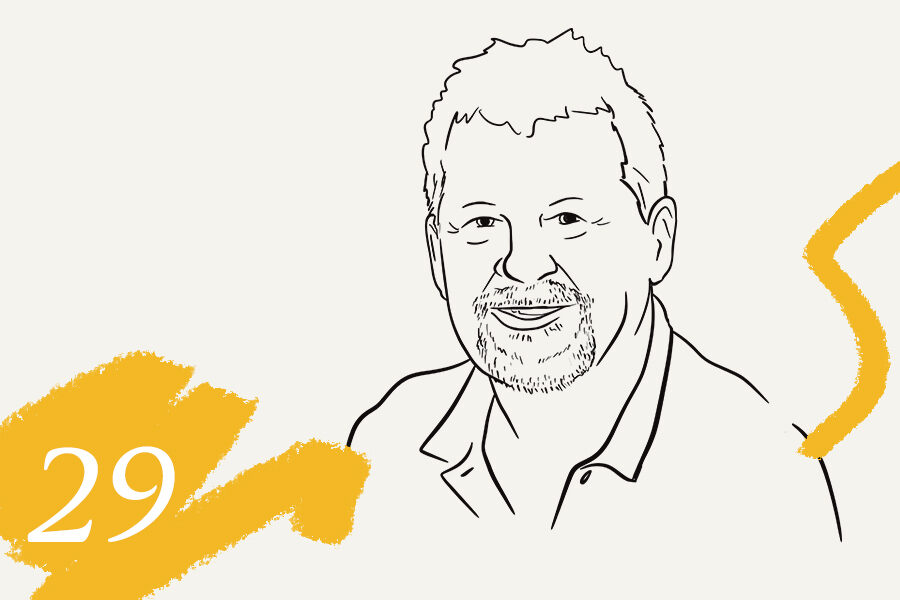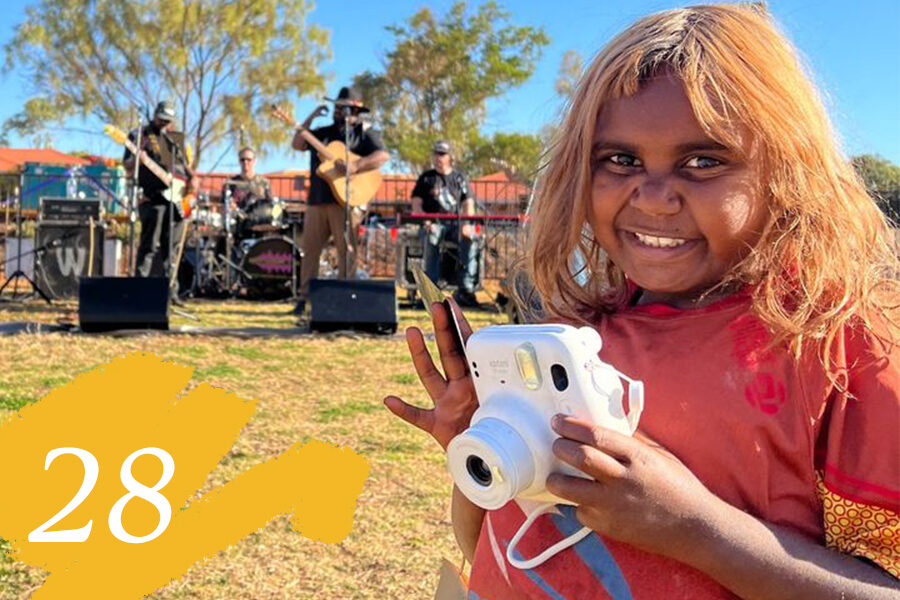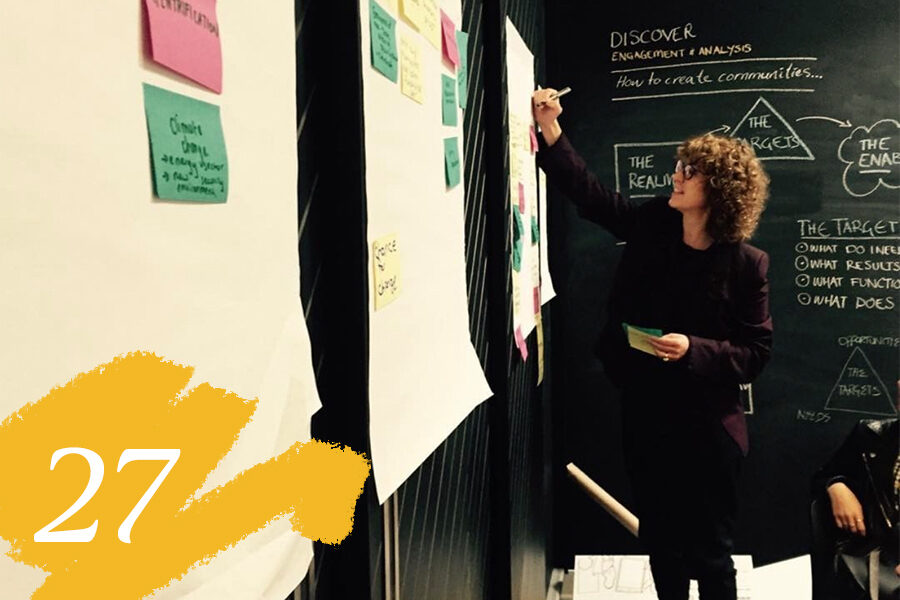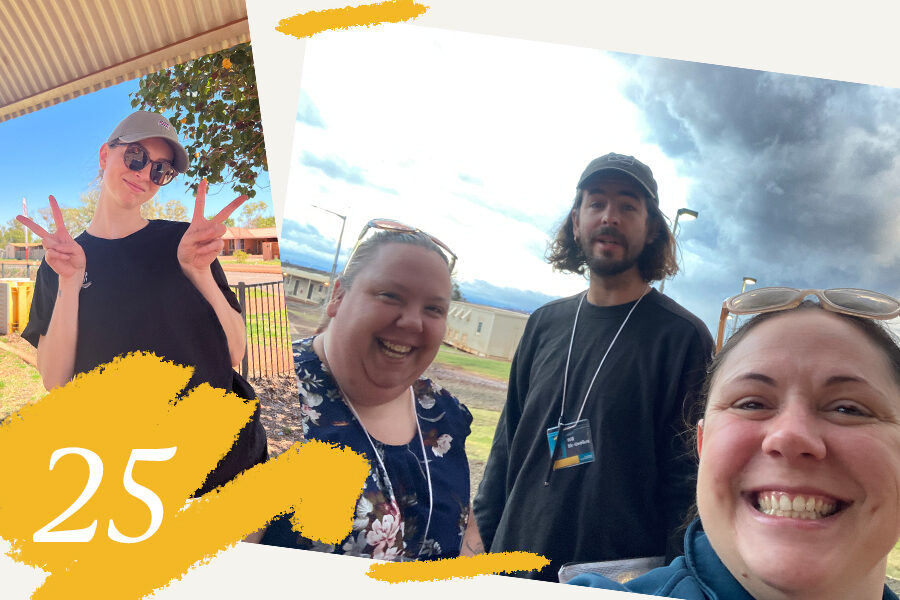The year was 1992, and while Creating Communities was working on its first project, Managing Director, Donna Shepherd, was starting a new adventure in New York.

A filmmaker for nearly a decade, Shepherd had a vocational revelation that had her charting a course for the School for International Training in Vermont. Her heart was for international development, social impact and change.
En route to Vermont was a chance encounter with a man connecting the delegates of the Rio Earth Summit through computers. Remember, this was 1992 – 12 years before the first whiff of Facebook and a decade before email went wireless.
Shepherd entered a fledgling lab with floor-to-ceiling computers as the man told her that these computers were talking to each other. And those conversations were happening across the globe between delegates preparing for the first Earth Summit – the precursor to the United Nations Framework Convention on Climate Change.
“I’d never seen so many computers in one room,” Shepherd said.
“He told me that in the future, computers will have cameras, and people will be having conversations with each other in real-time, it was a marker in time for me.
“This room represented the changes in technology and democratisation of the global agenda. Their efforts to join the voices of those most affected by environmental degradation changed the course of sustainability efforts.
“A product of that Summit was an aggregation of voices worldwide that brought a statement of scientific solidarity, ‘Unless we start thinking and planning differently about the whole of systems and address the serious problems our environment faces, it will collapse. We are minutes to midnight on the doomsday clock, and we need to act now.’”
The Summit also talked broadly about the approach of First Nations people in some parts of the world who contemplated the impact of their actions eight generations ahead. The foresight of First Nations people considered the community, social, environmental, and government impacts hundreds of years into the future.
Breaking down silos
Eight years later, Shepherd had studied International Development, working in the sector in Tunisia, before making her way back to Australia where she started consulting. Shepherd and Creating Communities Founding Director, Allan Tranter, were introduced by a mutual friend and before long, they combined their businesses. Later, Shepherd and Tranter would marry, but that’s another story.
As Shepherd began exploring the potential of Creating Communities, it was obvious the approach to development was relatively unchanged: addressing multi-faceted problems in silos.
“My time working in consultancies and international development highlighted that our siloed thinking had stayed the same despite the call to action in 1992, resulting in poor decision-making.”
The New York Stock Exchange had recently introduced a Sustainability Index – assessing environmental and social performance, corporate governance, risk management, branding, climate change mitigation, supply chain standards and labour practices.
The ‘triple bottom line’ encouraged a bigger vision with sustainability and the environment on the agenda.
This was a forerunner to ESG – Environmental impacts (an organisation’s impact on the planet), Social impacts (the impact an organisation has on people, including staff and customers and the community), and Governance impacts (whether an organisation is governed transparently).
“In practice though, it felt like little had changed. It seemed like we may be looking at more pages, yet still a long way from being on the same page,” Shepherd said.
“There was a moment when several of the same stakeholders were around the table on a series of projects, and progress was made, but it was fleeting – we were locked into many of the same silos.”
In 2002, driven by the frustration of some not understanding the work of Creating Communities, Shepherd began to develop a planning model that considered the triple bottom line but through a different lens.
“There were plenty of models incorporating environmental, economic and social factors, but they were still siloed,” she said.
“I wanted to flip that. I figured we’re a community development organisation, let’s show it through the realms we experience; me as an individual, me in my community, me in the endeavours I’m involved with, and me engaging in place. Four realms.
“This became the Intentional Communities Matrix and once this emerged, we began to look at the environment, social and economic factors within those realms, integrating them into the realms we experience.
“This became our foundation for writing Community Development Plans. Then came the Sociology of Community model, a deep dive into all that makes communities tick.
“It helps stakeholders understand, plan and strengthen individual and community well-being, social capital, wellness and culture.”
Bringing people together
Shepherd was heavily influenced by the work of an Australian academic, Richard Eckersley, and a book he’d written, Well and Good. Eckersley worked with Deakin University and developed one of the best indices for social capital, formation of trust and wellness.
As Creating Communities began applying the Sociology of Community and the Intentional Communities Matrix to community planning, the next question was how it could all be better implemented.
“Implementation is about following the plan but, crucially, bringing people together,” Shepherd said.
“This is where the Rope Model came in – the crux of any community development strategy needs to return to the set of opportunities where the interests of the government, business and communities intersect.
“This informed all our strategic thinking – the opportunities at the intersection of the interest of these stakeholders.
“It has informed one of our core values: to excel at the nexus.”
Other models, such as the model of Collective Impact (2011) and Shared Value (Michael Porter), put a name to a philosophy of collaboration.
“These are helpful models – they have limitations – but there’s also an acceptance of their principles within the industry, so we talk that language,” Shepherd said.
“That said, any model or approach is only as successful as the opportunities it identifies and the outcomes it delivers – we’re about vibrant, functioning and sustainable communities creating lasting, positive change.”
